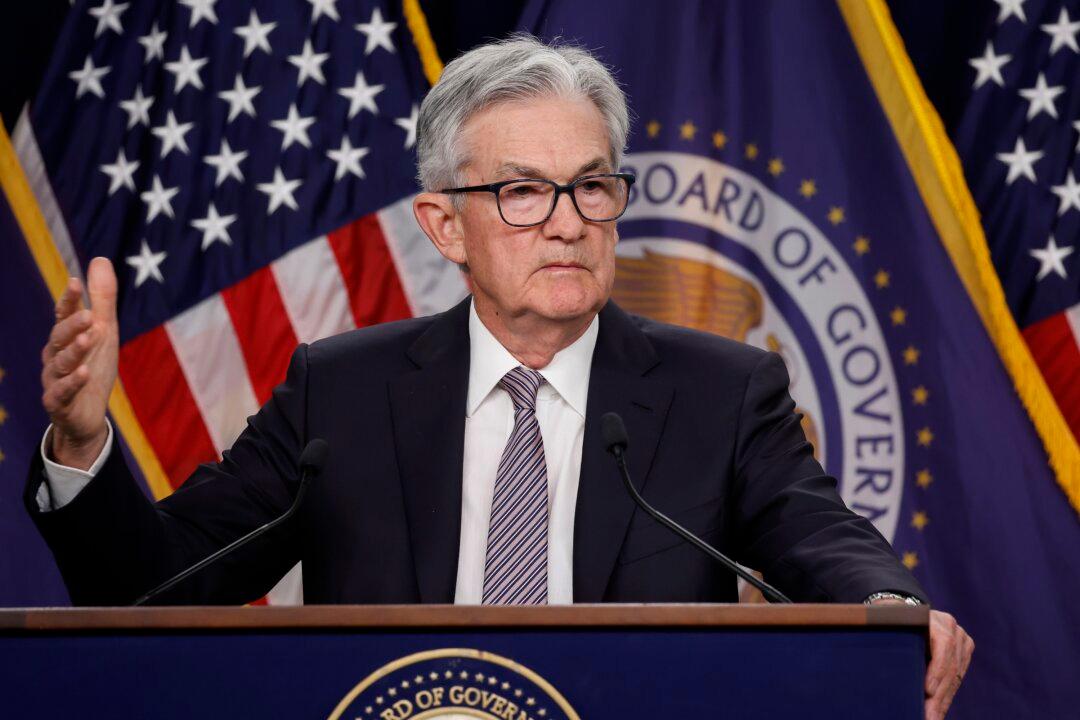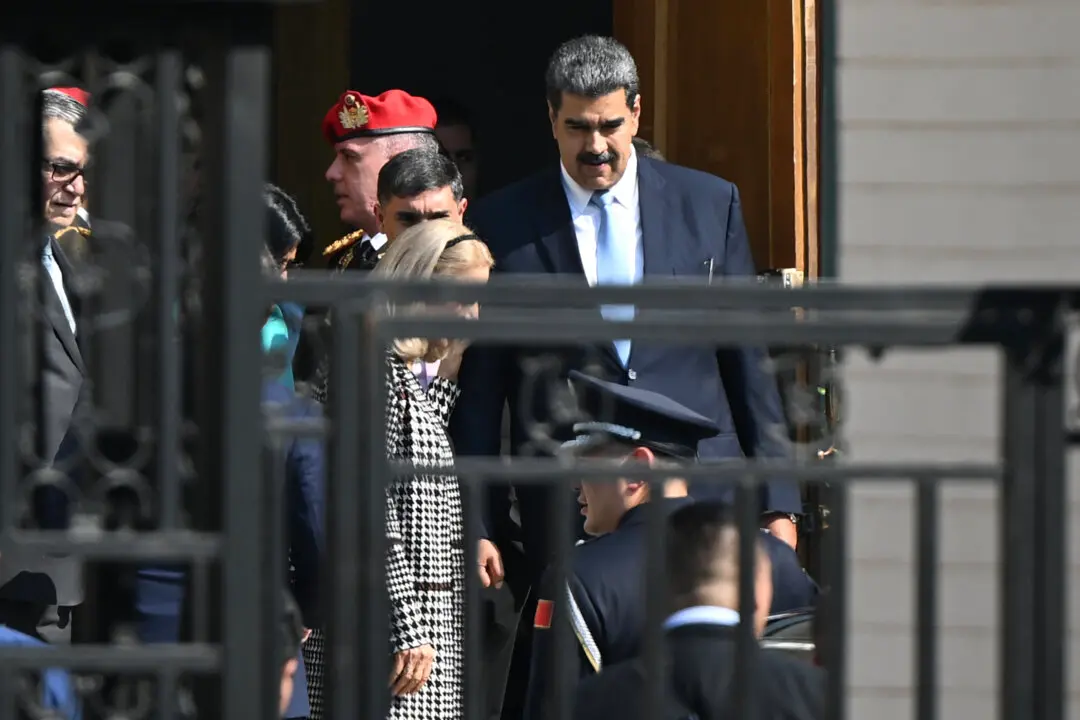Commentary
Federal Reserve Chairman Jerome Powell recently stepped back from the cut and thrust of immediate policy matters to offer insight into Fed priorities—a review of what events and guidelines will prompt future decisions. Some of what Powell said provided comfort. Other things were not so reassuring. And still others raised fundamental questions about current financial structures.





